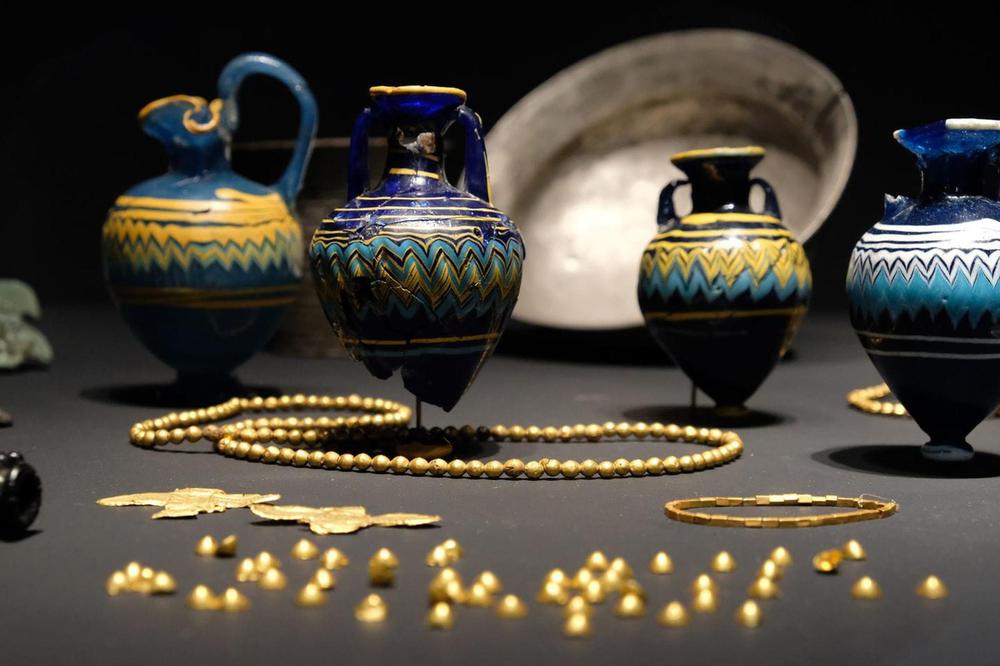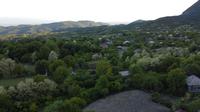Vani is a picturesque town in the Imereti region of western Georgia, located along the Sulori River, which joins the Rioni River. Situated about 41 kilometers (25 miles) southwest of Kutaisi, the regional capital, Vani has a population of 3,744 (as of 2014). The town is the administrative center of Vani Municipality, covering 557 square kilometers (215 square miles) with a total population of 24,512 spread across 40 nearby villages.
Vani is famous for its archaeological significance. Excavations starting in 1947 uncovered the remains of an important city in the ancient Kingdom of Colchis. While its ancient name is unknown, the site reveals four distinct phases of settlement. The earliest dates from the 8th to 7th centuries BC, when Vani was likely a major cultic center. By the late 7th century BC, it became a political and administrative hub, with wooden structures, altars, and rich burials. The third phase, from the 4th to 3rd centuries BC, featured stone buildings and more elaborate burials. During the 3rd to mid-1st centuries BC, Vani became a fortified temple-city, with walls, gates, altars, and bronze casting workshops. The city was destroyed in the mid-1st century BC, later declining into a village, and officially became a town in 1981.
Today, Vani’s museum, founded in 1985, displays unique artifacts from ancient Colchis. Visitors can also explore medieval fortresses like Tamari Fortress and Gormaghali Fortress, or natural attractions such as the Bzvani karst cave and Dikhashkho sulfur geysers. The town is also near the birthplace of poets Galaktion and Titsian Tabidze, whose museum is a notable cultural site.
Vani’s geography is varied, from the Imereti lowlands in the north to the Meskheti Range foothills in the south. Its highest point is Mefistskaro, reaching 2,851 meters (9,354 feet). The region is rich in plant life, with over 1,000 species, including forests and alpine meadows. Vani has a humid subtropical climate, with January temperatures averaging 4.1°C (39.4°F) and July temperatures at 23.4°C (74.1°F). Snow in the lowlands is light, averaging 10-12 centimeters (4-5 inches) and lasting two weeks, while in the mountains, snow can reach over 2 meters (6.5 feet) and remain for four months.
Tourism plays an essential role in Vani’s economy, with its historical and cultural sites attracting visitors. The archaeological site offers views of Kutaisi, the Rioni lowland, and the Caucasus Mountains. Each year, the town celebrates “Vaneloba” on June 2, a festival that honors local achievers and showcases Vani’s rich history and culture.





 Zeda Gordi
Zeda Gordi
 Kutaisi
Kutaisi
 Tskaltubo
Tskaltubo
 Zestaponi
Zestaponi
 Samtredia
Samtredia
 Chiatura
Chiatura